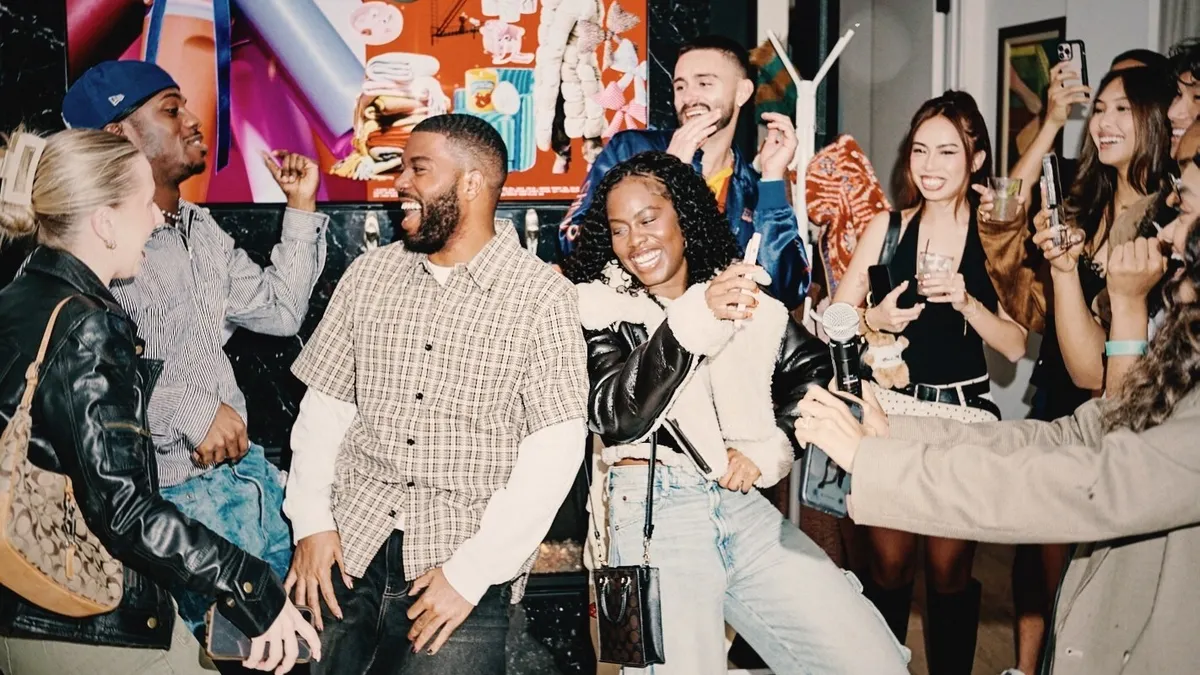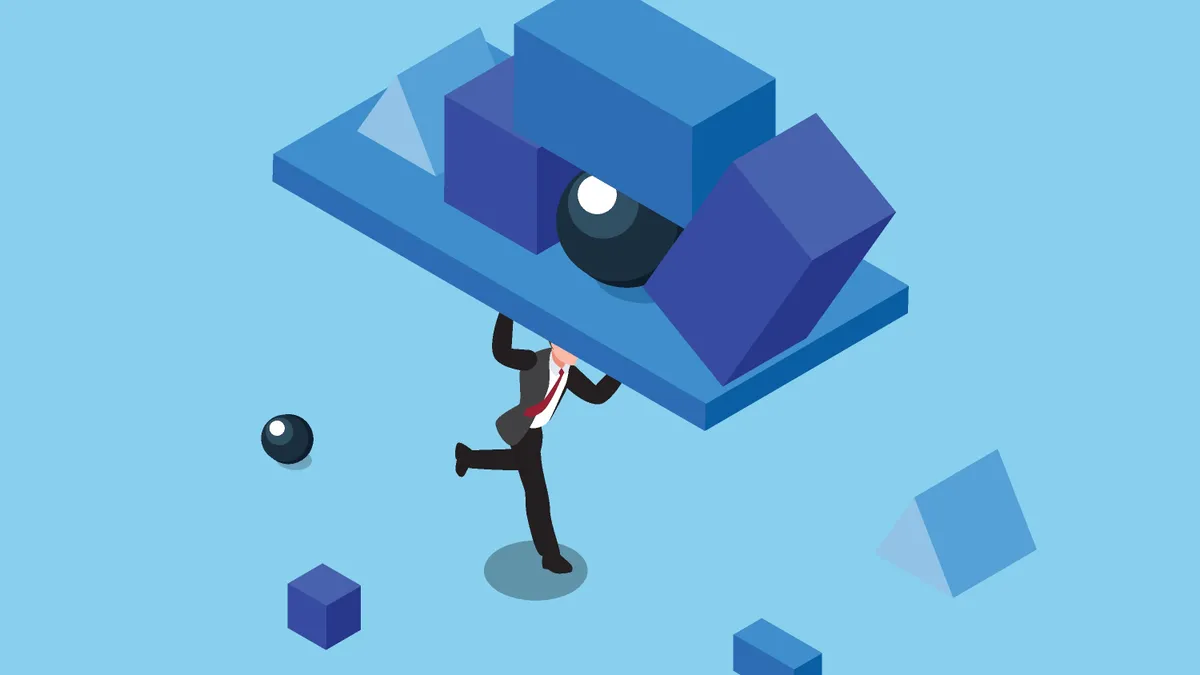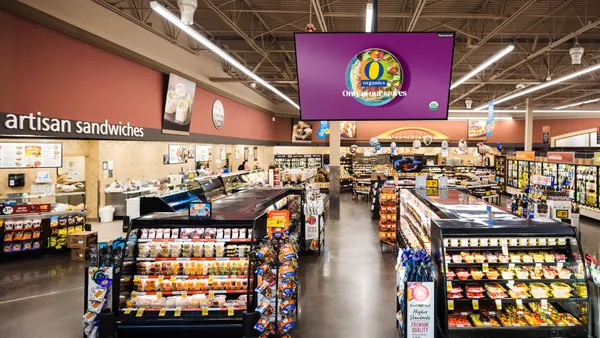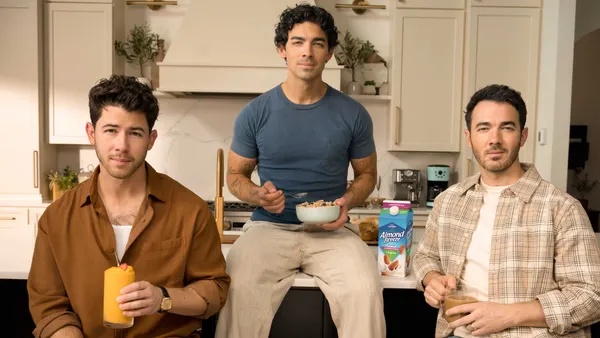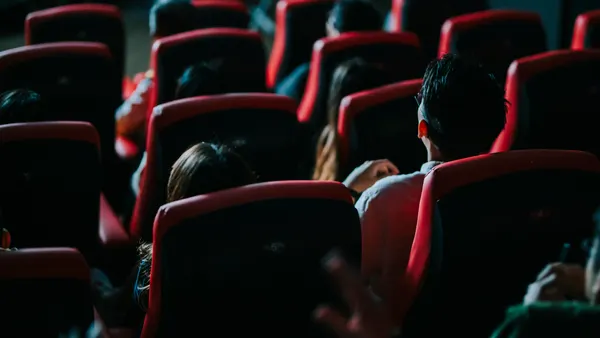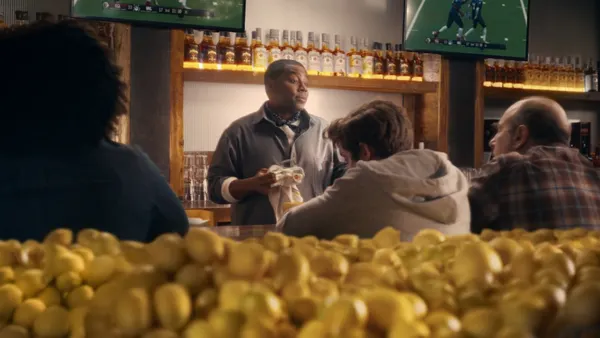Dive Brief:
- Powerade is embracing a social-first strategy to support the launch of its limited-edition Xtra Sour line extension, according to information shared with Marketing Dive.
- The Coca-Cola brand is leveraging TikTok’s Branded Mission platform to promote a social challenge which encourages creators and influencers to create their own Powerade content. Those who post content using #XTRASourMode will have the chance to be paid by the platform and featured on Powerade’s social channels.
- In addition to the challenge, which is set to launch on July 14, content from brand partners Jesser and Insane Shayne is set to appear across social platforms. Wendy’s and 7-Eleven will serve as exclusive retail partners as Powerade doubles down on Gen Z outreach.
Dive Insight:
Powerade is leaning into user generated content for the promotion of its Xtra Sour line. The choice to use Branded Mission, which was initially launched by TikTok in 2023, allows the sports drink to reach a large number of interested creators to drive content creation without having to go to influencers directly. The platform allows brands to review eligible videos and amplify a select number through promoted traffic.
The limited-edition offerings, which come in three flavors, build off of Powerade’s Sour line. The line, which launched last year, has reportedly been particularly popular among Gen Z consumers. In addition to retail offerings, a zero-sugar version of the drink will be available exclusively at Wendy’s. Starting Aug. 1, Xtra Sour Grape Shocker will be available as a 7-Eleven Slurpee flavor.
Gen Z has shown a desire for sour-forward beverages. With approximately 60% of TikTok users belonging to Gen Z, the platform has significant influence over the cohort. Powerade’s efforts look to combine the two factors.
The social-forward initiative is a departure from the brand’s sports-centric approach. Notably, Powerade took aim at Gatorade in its March Madness marketing campaign. While the activation surrounding Xtra Sour isn’t devoid of sports marketing — the packaging still boasts the drink contains 50% more electrolytes, compared to its competitors — it is more focused on tapping into Gen Z internet culture.




